How to Tell the Quality of a Fake ID
How to Tell the Quality of a Fake ID
While buying a fake ID may be simple, identifying a quality ID is more complicated. Let’s look at a few aspects that differentiate a quality ID from one that might raise suspicion.
Scanning Ability
One of the most important features of a quality fake ID is its scanning ability. Security personnel at many institutions use scanners to verify the legitimacy of an ID. If the barcode on a fake ID doesn’t scan, it immediately alerts the person checking it. Whether you’re buying a fake Idaho ID or a fake Kansas ID, reputable vendors will usually guarantee that their IDs are scannable. Always ask about scanning capabilities before purchasing.
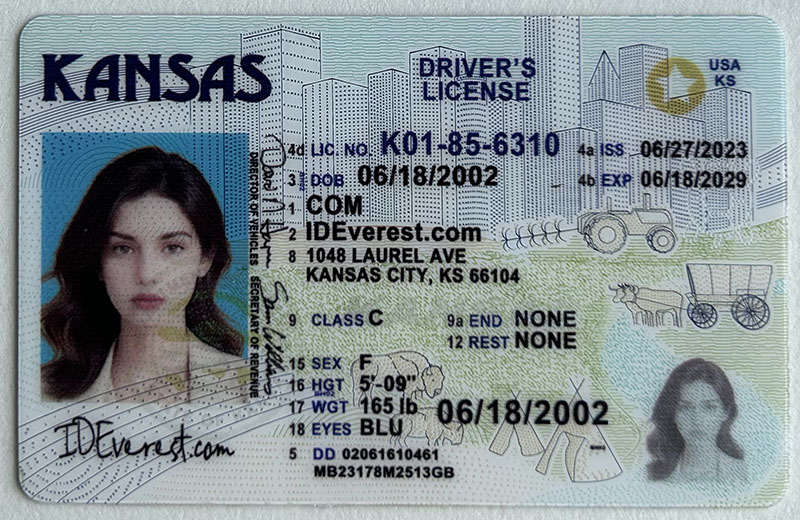
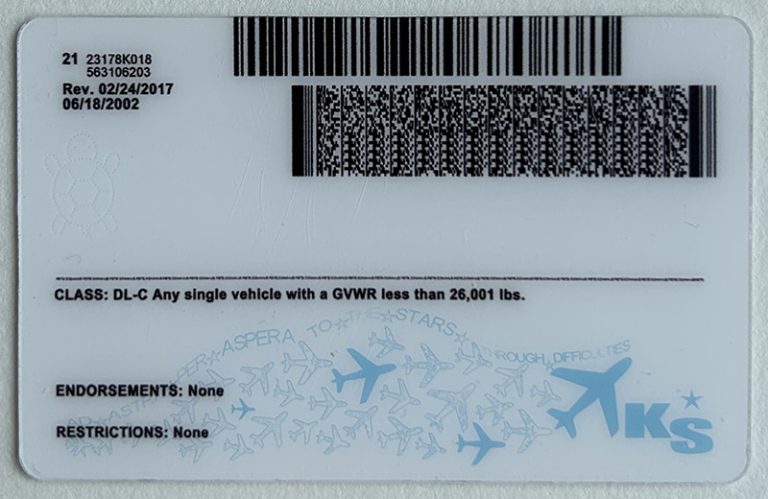
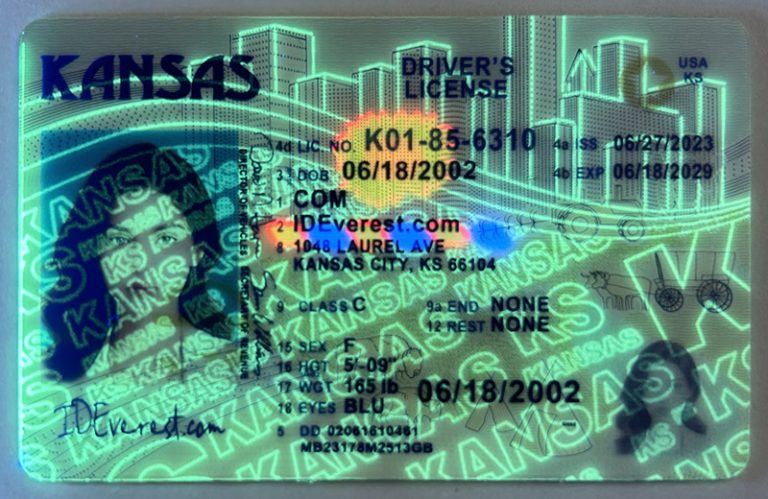

Holograms and Watermarks
Holograms and watermarks are essential security features on real IDs. These are usually visible when held up to light or tilted at a certain angle. Low-quality fake IDs often lack these features or have only basic replicas that don’t look real. When buying a fake Louisiana ID, check to see if it contains a hologram, preferably one that moves or displays color when moved. The more advanced and real these security features look, the more likely the ID will pass inspection.
UV Printing
Ultraviolet (UV) printing is another security feature found on modern ID cards. Under UV light, high-quality ID cards reveal hidden elements that are not visible under normal lighting. Many fake ID cards skip this feature because it is costly and complicated to reproduce. However, some vendors, especially those specializing in Indiana fake ID cards and Idaho fake ID cards, have invested in UV printing to make their products more realistic. Before purchasing, verify that the ID card includes the UV feature.
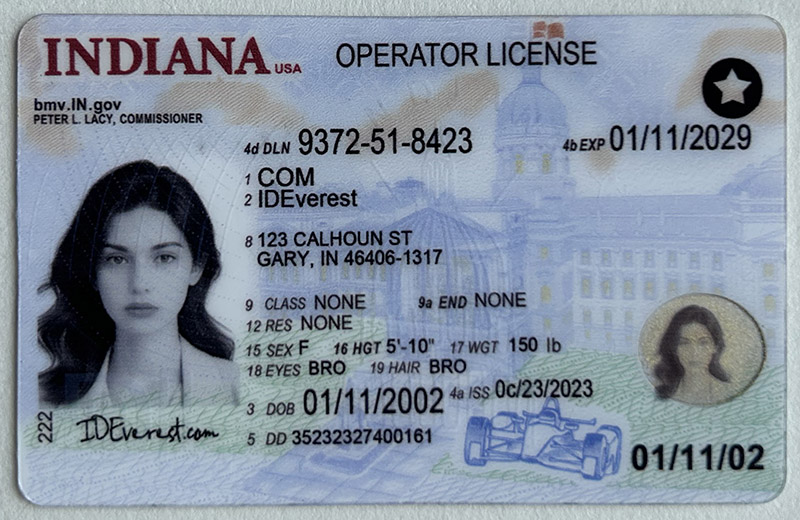
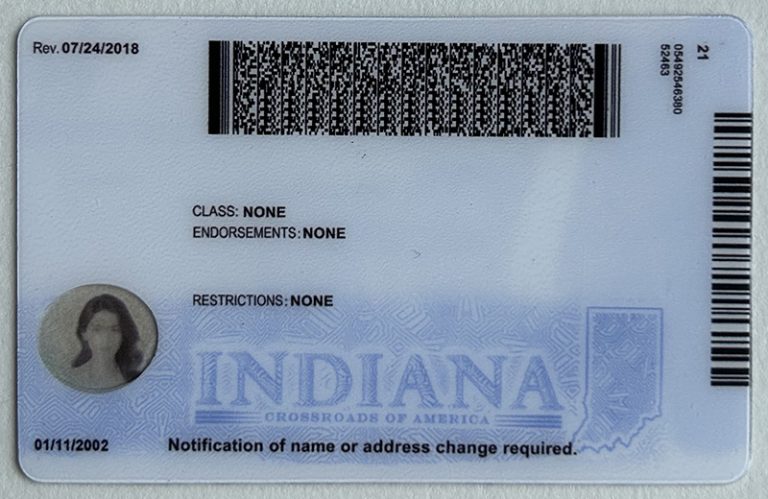
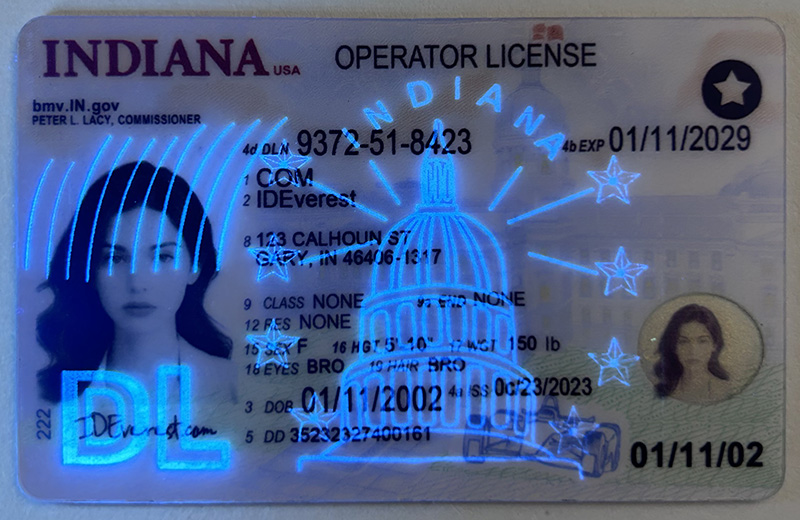
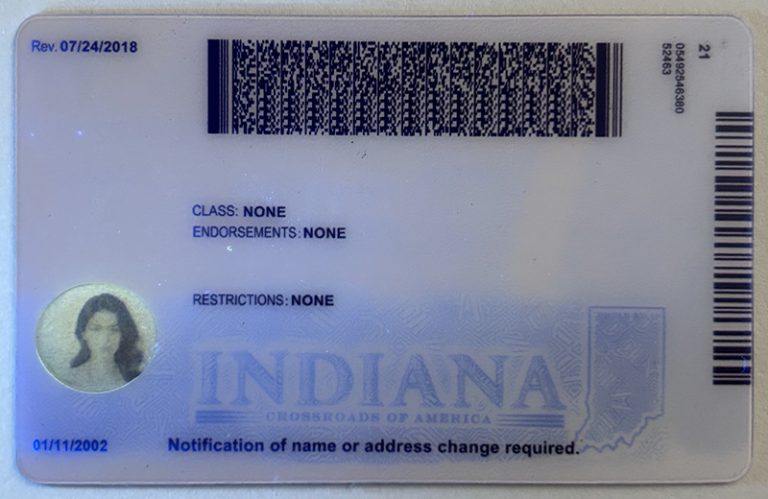
Microprinting and Fine Details
Microprinting refers to tiny text that often appears on real ID cards and is difficult to read without magnification. This feature is critical because accurate reproduction is challenging. If you examine your Kansas fake ID card closely and see fuzzy or unclear text in the microprinted area, this is a clear sign that the ID card is of low quality. High-quality fake ID cards often include clear microprinting to ensure that the ID card looks genuine, even under close inspection.
Raised Text and Embossing
Some states have raised text on their ID cards, especially elements such as the date of birth or state name. This feature is difficult to replicate, but it is critical for a convincing fake ID. Well-made Louisiana fake IDs will often have this embossing to mimic the feel of a real ID. When you receive your ID, run your finger over the raised areas—if they feel smooth or lack depth, the ID may not stand up to close scrutiny.
State-Specific Features
Each state ID has unique design elements and features, such as specific background images, font styles, and information positioning. An Idaho fake ID may include the state’s iconic mountain landscape, while an Indiana fake ID may include elements that reference the state’s history or famous landmarks. Before purchasing, familiarize yourself with the state ID you’re interested in so you can verify that these specific features are included. Quality vendors typically have detailed knowledge of each state’s unique design and are able to accurately replicate these elements.
Red Flags to Watch Out For
Even if an ID looks realistic at first glance, certain warning signs may indicate that it’s not of high quality. Here are some red flags:
Spelling Errors: Genuine IDs rarely have spelling errors. Even a single spelling error can give away that the ID is fake, so check all text carefully.
Unusual Weight or Texture: Genuine IDs have a specific weight and texture due to the quality materials used. Fake IDs that feel flimsy or too stiff could be evidence of this.
Blurred or faded printing: State IDs are often printed using high resolution, resulting in crisp details. If your Idaho fake ID or Kansas fake ID has fuzzy edges or faded colors, it could be of low quality.
Lack of customer reviews: When buying online, make sure the vendor has positive reviews from previous customers. This feedback can provide insight into the quality and reliability of the IDs they produce.
Final Thoughts
Buying fake IDs can be a risky enterprise, but knowing where to buy and how to judge quality can help mitigate some of the risk. Whether you’re purchasing an Indiana fake ID, an Idaho fake ID, a Kansas fake ID, or a Louisiana fake ID, research is essential. Look for a reputable vendor, check for key security features, and inspect the ID carefully once it arrives to make sure it meets your expectations. Remember, a high-quality ID is essential to passing security checks, but it’s ultimately your responsibility to stay informed and cautious throughout the process.




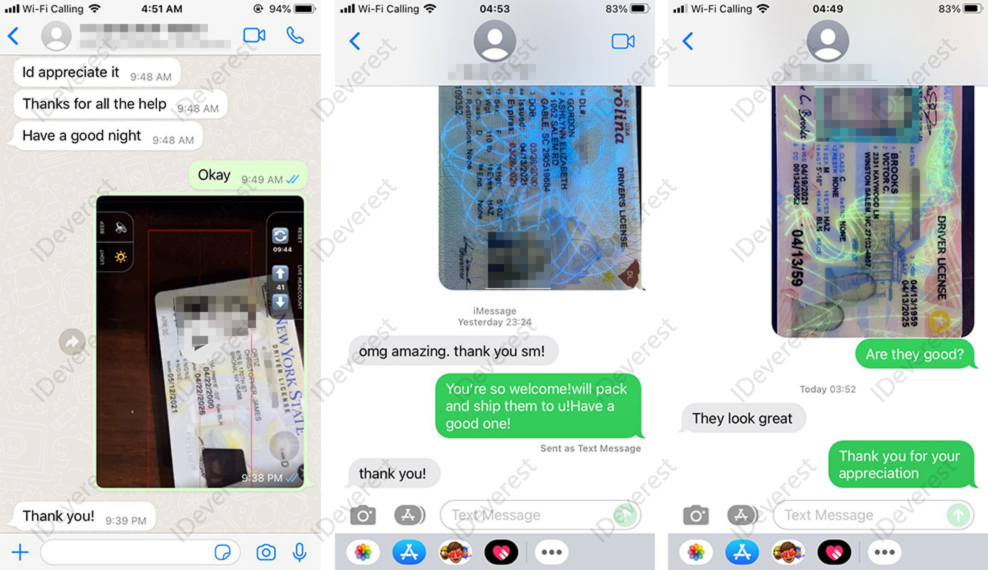
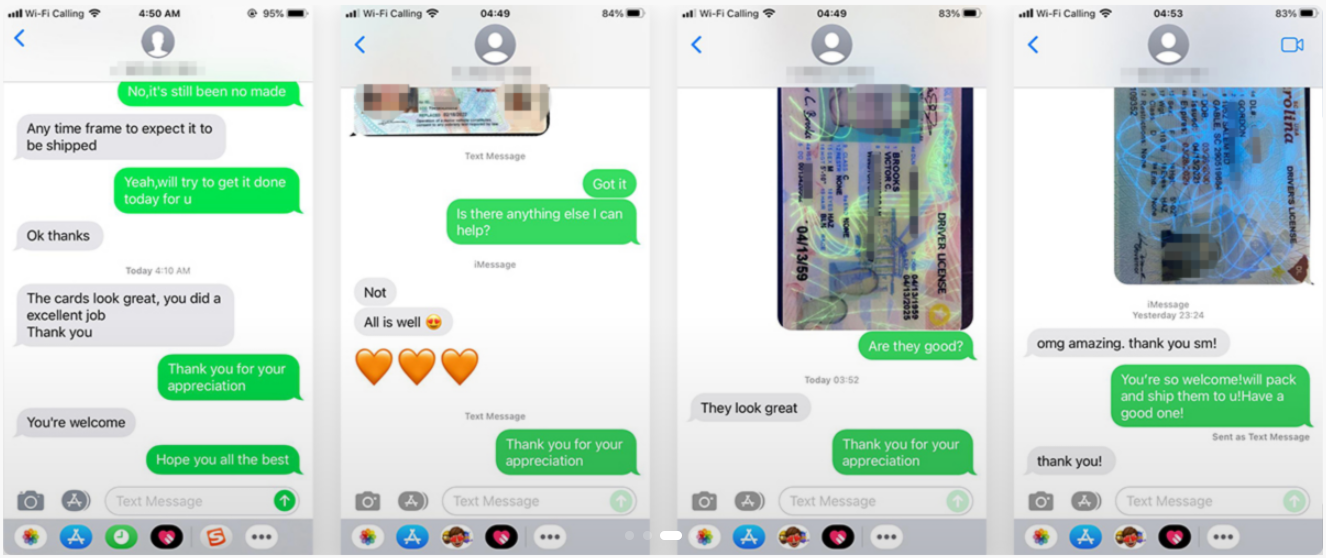
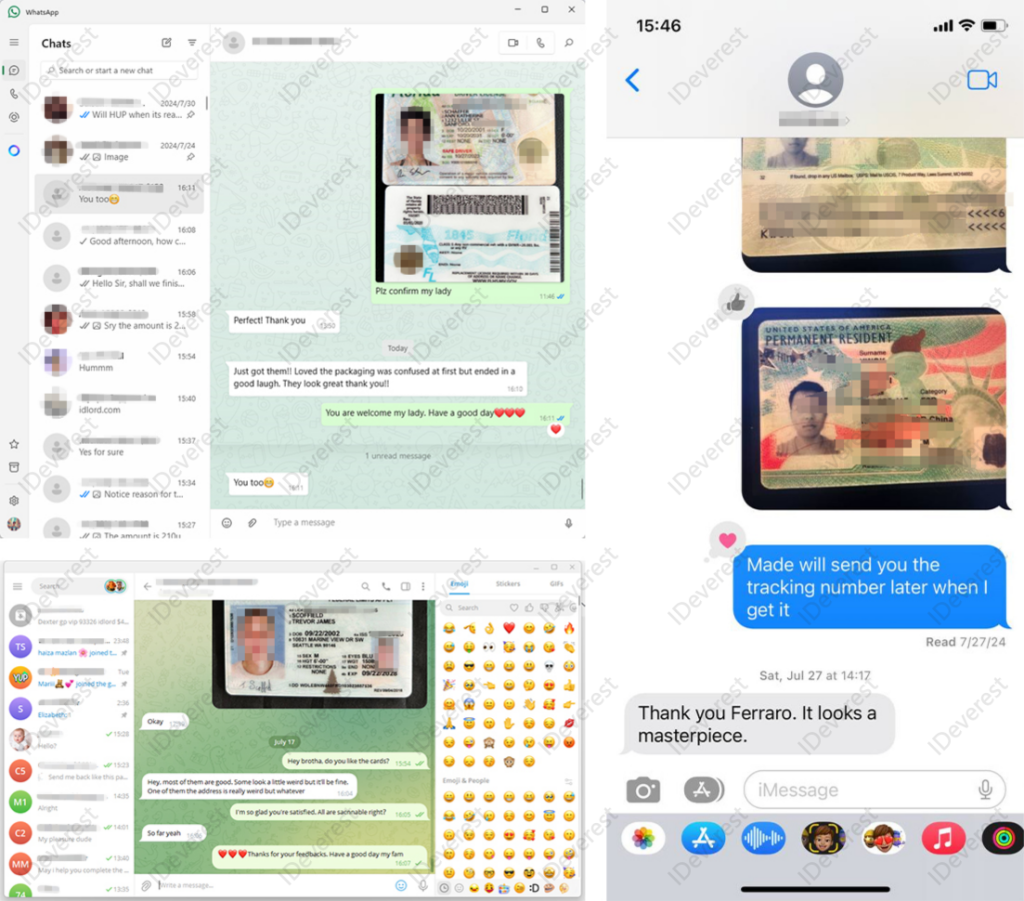
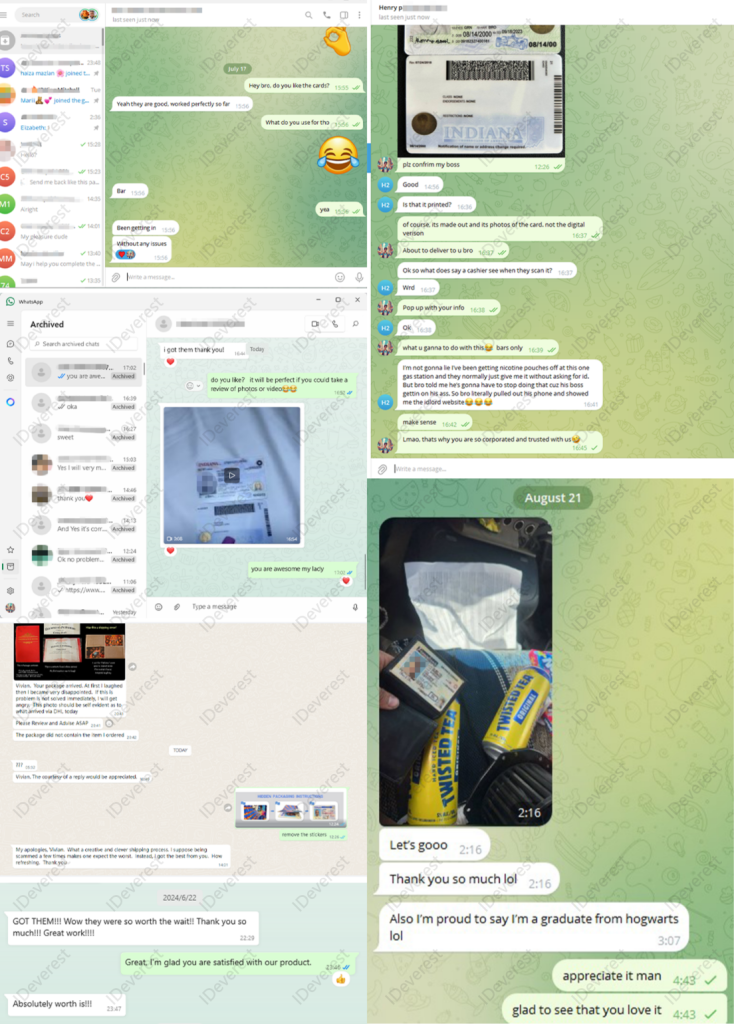
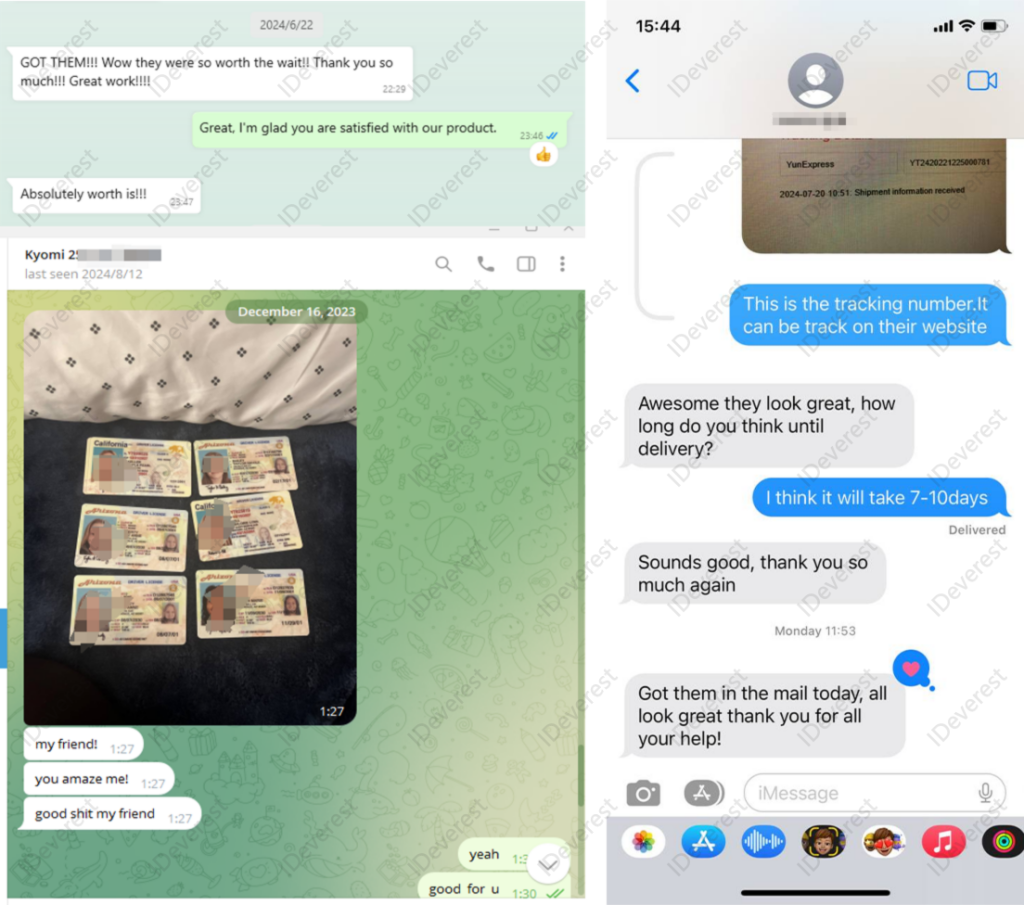

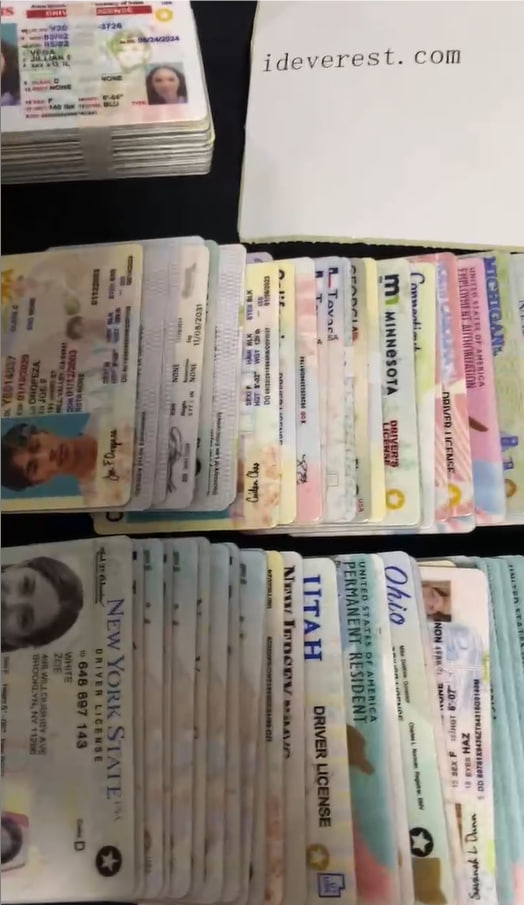
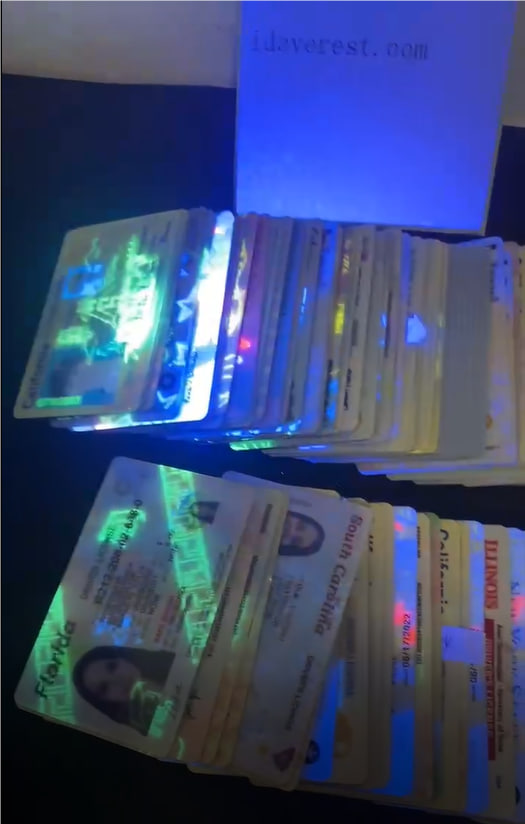

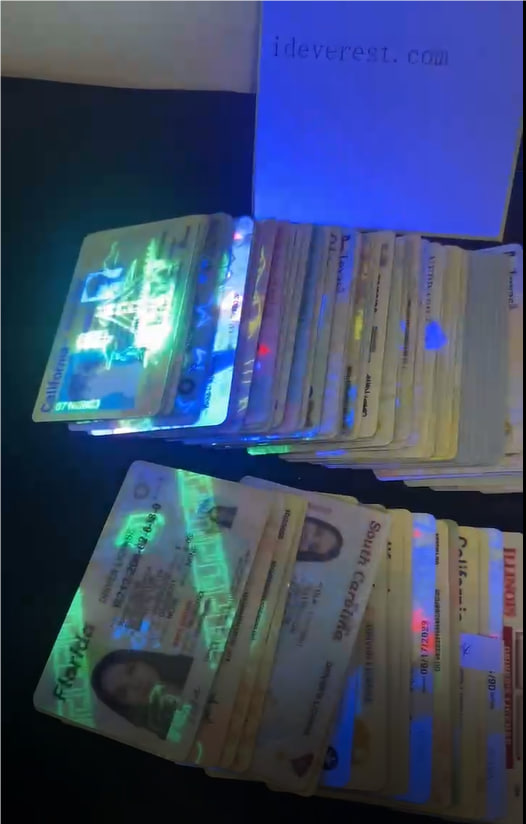

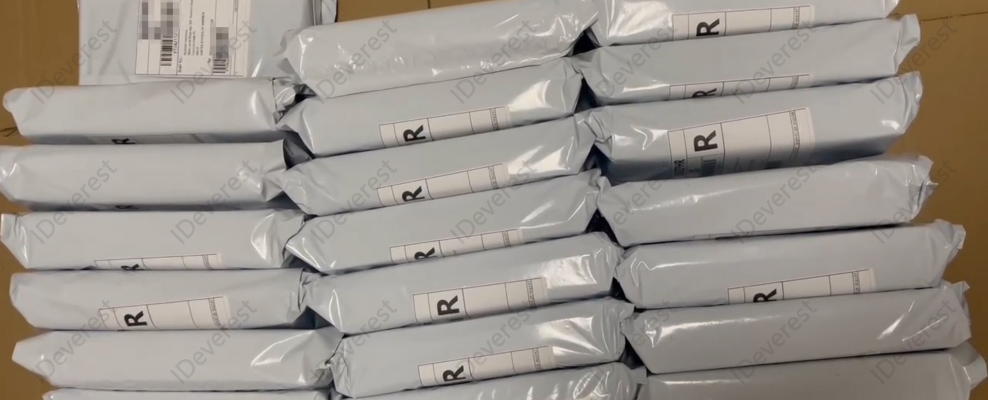
 Lily’s Journey to College with
Lily’s Journey to College with
 ideverest.com: Real Reviews an
ideverest.com: Real Reviews an
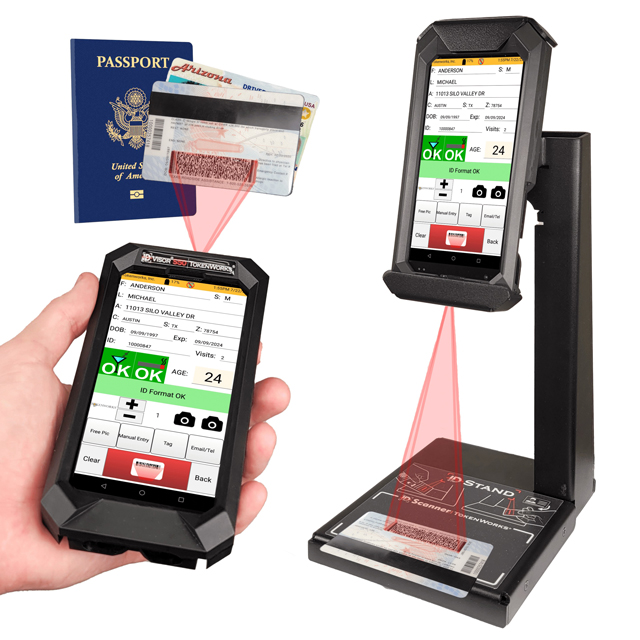 How to Tell the Quality of a F
How to Tell the Quality of a F
 How to Get a Legal Driver's Li
How to Get a Legal Driver's Li